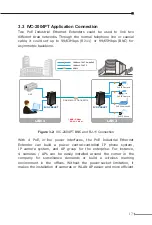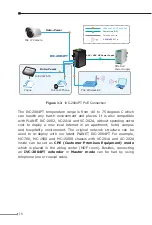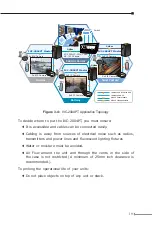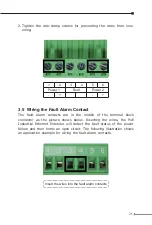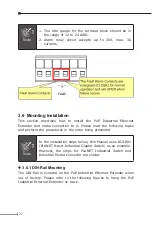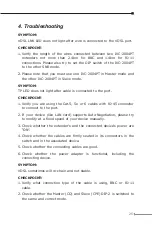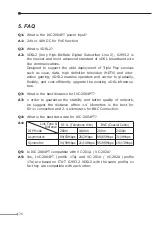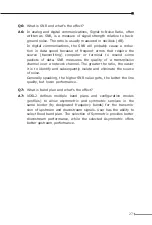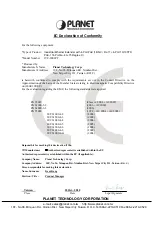
27
Q6: What is SNR and what’s the effect?
A6: In analog and digital communications, Signal-to-Noise Ratio, often
written as SNR, is a measure of signal strength relative to back-
ground noise. The ratio is usually measured in decibels (dB).
In digital communications, the SNR will probably cause a reduc-
tion in data speed because of frequent errors that require the
source (transmitting) computer or terminal to resend some
packets of data. SNR measures the quality of a transmission
channel over a network channel. The greater the ratio, the easier
it is to identify and subsequently isolate and eliminate the source
of noise.
Generally speaking, the higher SNR value gets, the better the line
quality, but lower performance.
Q7: What is band plan and what’s the effect?
A7:
VDSL2 defines multiple band plans and configuration modes
(profiles) to allow asymmetric and symmetric services in the
same binder (by designated frequency bands) for the transmis-
sion of upstream and downstream signals. User has the ability to
select fixed band plan. The selection of Symmetric provides better
downstream performance, while the selected Asymmetric offers
better upstream performance.





